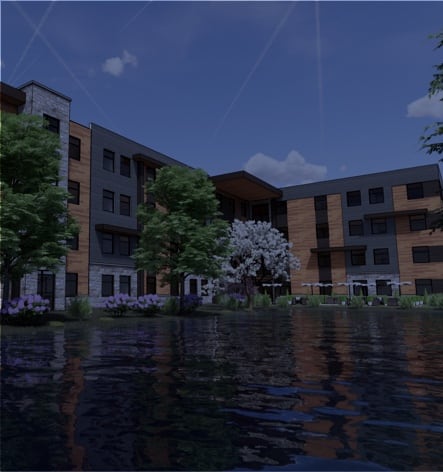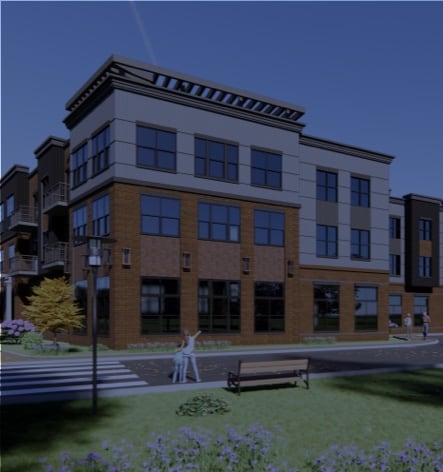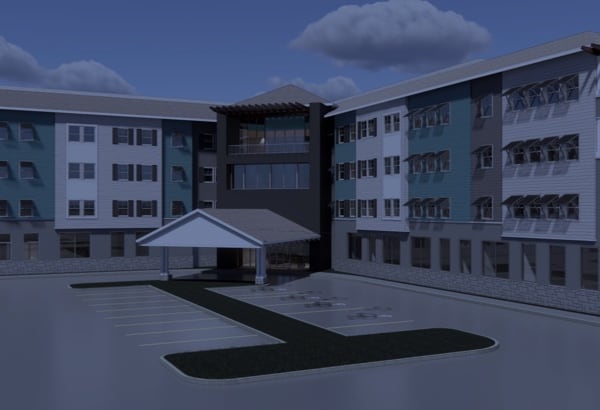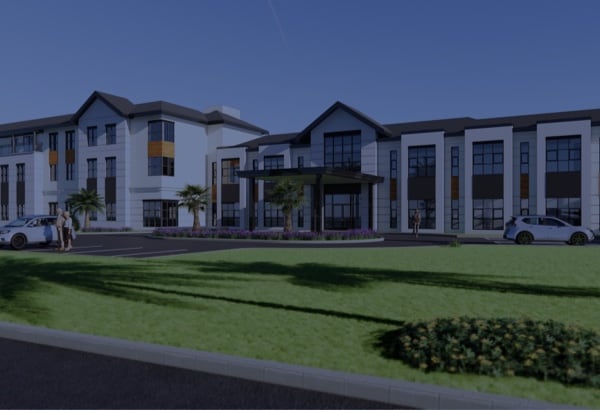Investing in senior living facilities can be a great way to diversify your portfolio and provide a steady income stream. With an aging population, the demand for senior living facilities is only increasing, making it an excellent long-term investment.
Understanding the types of care, researching locations and demographics, conducting financial feasibility studies, and planning for future growth are vital steps in making a successful investment. Our team of professionals in the senior living development industry can provide insights and guidance throughout the process.
Understanding Types of Care
One of the first things to consider when investing in a senior living community is understanding the differences between long-term care and assisted living.
Long-term care (LTC) communities cater to seniors requiring intensive, round-the-clock medical attention. These communities provide comprehensive medical services, including skilled nursing care, physical therapy, and specialized treatment for chronic illnesses or disabilities.
The environment in long-term care communities is structured and staffed to provide residents access to constant monitoring and personalized medical care. These communities are healthcare-centric and focused on managing complex medical needs.
LTC communities are structured and staffed to provide residents with access to constant monitoring and personalized medical care. These communities are healthcare-centric and focused on managing complex medical needs.
Assisted living (AL) facilities offer a more independent lifestyle with support from caregiver staff as needed. While residents in assisted living communities may require assistance with daily activities such as bathing, dressing, and medication management, they are encouraged to maintain as much independence as possible. Assisted living communities are known for fostering a sense of community through social and recreational activities.
Choosing between investing in LTC or AL communities is a pivotal decision that significantly influences your financial goals, investment strategy, and the quality of care you can offer.
Pros & Cons of Investing in LTC
- Pro: LTC investments can yield higher revenue, offer a consistent stream of residents, and provide opportunities for diversification within the healthcare sector.
- Con: These investments typically involve high initial and ongoing operational costs, more complex regulatory compliance, and the potential for market saturation in some regions.
Pros & Cons of Investing in AL
- Pro: AL investments are more cost-effective and flexible, appealing to a broader demographic. Demand for AL communities continues to grow.
- Con: Competition can be high in certain markets, striking a balance between pricing and service quality can be challenging, and regulations vary across regions.
Researching Locations & Demographics
The location of a senior living development investment is of utmost importance for success. It is crucial to conduct thorough research on potential sites by consulting local advisors and industry resources and reaching out to existing businesses in the area.
Doing so will give you valuable insights into growth trends, demographics, and potential zoning challenges that may impact your decision-making process. Additionally, it is essential to ensure compliance with health codes and regulations to avoid costly delays or issues in the future.
Financial Feasibility Studies
Before making any investment, it is essential to conduct financial feasibility studies. Lenders often require proof that an investor has thoroughly assessed projected income streams versus the costs of purchasing a property outright.
These studies will help determine the profitability and sustainability of the investment. Market research on various operating models used in the senior living industry will also assist in making informed decisions about starting an independent operation or purchasing existing properties.
Future-Proofing & Expansion Plans
Given the long-term nature of senior living centers, it becomes imperative to carefully plan for future growth and expansion. This planning entails ensuring that the community meets the current and anticipated needs of residents and going above and beyond standard guidelines to provide adequate safety measures and accommodations.
Proactively anticipating and addressing potential challenges early on can save valuable time, financial resources, and effort in the long run. Taking these meticulous steps will help enhance residents’ quality of life and contribute to the community’s overall success and sustainability.
Consulting with Experts
Developing a senior living community can be complex and overwhelming, but consulting experts for guidance and support can make the process easier. These professionals have experience and knowledge in various aspects such as architecture, design, finance, operations, and regulations specific to the senior living industry.
They can provide valuable insights and advice on best practices for creating a prosperous community that meets the needs of both residents and investors. Additionally, they can assist in creating a comprehensive business plan and conducting feasibility studies to support the project’s viability.
Investing in Senior Living Development with Distinctive Development
At Distinctive Development, we understand the complexities and challenges of developing senior living communities. From conceptual design to market analysis and management, our team offers research-based guidance. With our support, you can confidently position your project in the market, leading to a successful investment in this growing industry. Let’s connect on your next project and discover how we can assist you in maximizing your senior living development investment. Together, we can create thriving senior communities.

















